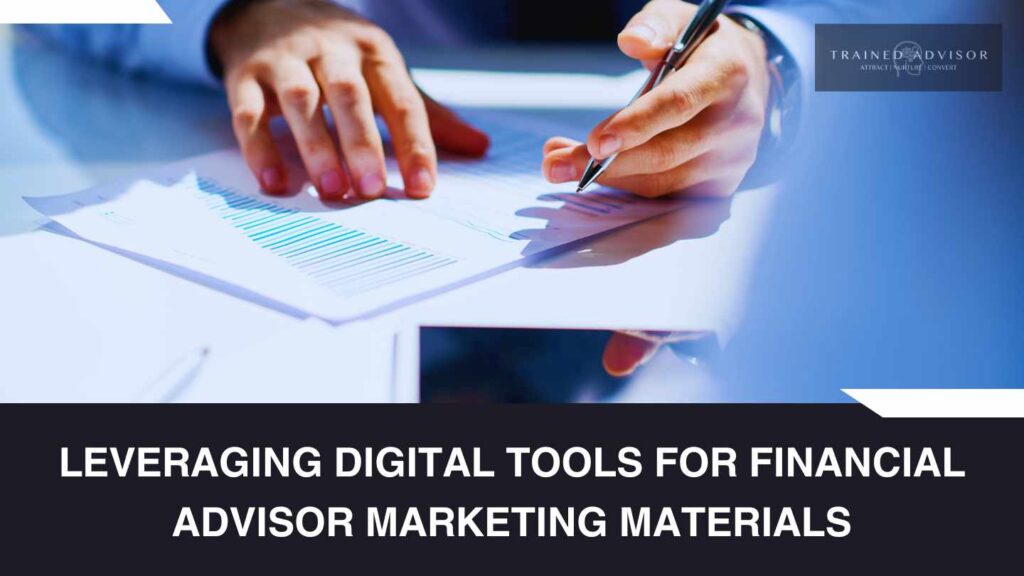- Unlock the Secret to Transforming Mere Contacts into Engaged Leads.
- Discover the Art of Crafting Effective Lead Magnets and Power Offers.
- Master the Three Phases of a Successful Marketing Campaign.
- Learn from Real-life Case Studies that Illustrate the Power of Engagement.
- Benefit from Expert Tips on Identifying and Addressing Financial Pain Points.
Understanding the True Value of a Lead
- Defining a Lead: At its core, a lead is someone you can reach out to. This could be through email addresses, phone numbers, or social media connections like LinkedIn or Facebook. However, it’s essential to differentiate between a mere contact and a potential client.
- Engagement Over Numbers: While numbers might give an illusion of success, the real metric of success is engagement. An engaged lead interacts with your content, shows interest in your offerings, and is more likely to convert into a paying client.
- The Pitfalls of Chasing Numbers: Focusing solely on increasing the number of leads without considering their quality can lead to wasted resources, lower conversion rates, and potential brand damage. It’s like having a bucket full of stones with only a few gems hidden inside.
- 80% of marketers believe that engaged leads result in a higher conversion rate.
- Companies focusing on lead engagement see a 50% increase in sales at a 33% lower cost.
|
Criteria |
Engaged Leads |
Mere Contacts |
|
Interaction with Content |
High |
Low or None |
|
Conversion Rate |
High |
Low |
|
Lifetime Value |
High |
Uncertain |
|
Cost of Acquisition |
Lower |
Higher |
The Art of Crafting Lead Magnets
- What is a Lead Magnet?: A lead magnet is a piece of value offered to potential clients in exchange for their contact details. This could be an eBook, a webinar, a free trial, or any other valuable resource.
- Understanding Your Audience: Before crafting a lead magnet, it’s crucial to understand your target audience. What are their pain points? What solutions are they seeking? Answering these questions can guide the creation of a lead magnet that resonates with them.
- Types of Lead Magnets:
- eBooks and Whitepapers: Detailed guides on specific topics.
- Webinars: Interactive sessions addressing common pain points.
- Free Trials: Offering a taste of your product or service.
- Checklists and Templates: Simplifying complex tasks for your audience.
- Exclusive Content: Offering content that’s not available to the general public.
|
Type of Lead Magnet |
Engagement Rate |
Conversion Rate |
|
eBooks |
High |
Moderate |
|
Webinars |
Very High |
High |
|
Free Trials |
Moderate |
High |
|
Checklists |
High |
Moderate |
|
Exclusive Content |
Very High |
Very High |
Identifying the Ideal Client and Their Financial Pain Points
- Who is the Ideal Client?: Your ideal client is not just anyone who might be interested in your services. It’s someone whose needs align perfectly with the solutions you offer. They are the individuals or entities that will derive the most value from your offerings and, in turn, offer the most value to your business.
- Mapping Financial Pain Points: Every individual or business has specific financial challenges or ‘pain points’. These could range from concerns about future financial security, investment strategies, tax planning, or any other financial hurdles. By mapping out these pain points, businesses can tailor their content, products, and services to address them directly.
- Engaging with Empathy: Understanding pain points is just the first step. Engaging with potential clients with genuine empathy and a desire to help can set your business apart. It’s not just about selling a product or service; it’s about offering a solution to a real problem.
- Uncertainty about the Future: Concerns about retirement, children’s education, and other future expenses.
- Managing Debts: Struggling with loans, credit card debts, and other liabilities.
- Taxation: Navigating the complex world of taxes and seeking efficient tax-saving strategies.
- Investment Decisions: Where to invest? How to diversify? Managing risks and returns.
- Estate Planning: Ensuring that one’s assets are passed on to the desired beneficiaries without legal hassles.
Financial Pain Point | Potential Solution |
Uncertainty about the Future | Comprehensive Financial Planning |
Managing Debts | Debt Consolidation and Management Services |
Taxation | Tax Advisory and Planning Services |
Investment Decisions | Investment Advisory and Portfolio Management |
Estate Planning | Legal Advisory and Will Drafting Services |
By identifying the ideal client and understanding their primary financial pain points, businesses can not only attract but also deeply engage with their leads, offering solutions that truly matter.
The Three Phases of a Successful Marketing Campaign
1. Attracting Prospects: This is the initial phase where the goal is to capture the attention of potential clients. It’s about making them aware of your brand, products, or services.
- Strategies:
- Content Marketing: Creating valuable content that addresses the pain points of your target audience.
- Social Media Marketing: Engaging with audiences on platforms where they spend their time.
- Search Engine Optimization (SEO): Ensuring that your content ranks high on search engines for relevant keywords.
- Paid Advertising: Using platforms like Google Ads or Facebook Ads to reach a broader audience.
2. Nurturing Them Effectively: Once you’ve attracted potential clients, the next step is to nurture these relationships. It’s about building trust, establishing authority, and making them see the value in what you offer.
- Strategies:
- Email Marketing: Regularly sending valuable content, updates, and offers to your subscribers.
- Webinars: Hosting informational sessions that delve deep into specific topics of interest.
- Personalized Content: Offering content tailored to the unique needs and preferences of different audience segments.
3. Converting Them into Paying Clients: The final phase is about sealing the deal. It’s where your nurturing efforts bear fruit, and prospects become paying clients.
- Strategies:
- Sales Calls: Engaging in one-on-one conversations to address any final queries or concerns.
- Special Offers: Providing limited-time offers or discounts to incentivize conversions.
- Testimonials and Reviews: Showcasing positive feedback from existing clients to build trust.
|
Phase |
Key Metrics |
|
Attracting Prospects |
Website Traffic, Social Media Engagement, Search Engine Rankings |
|
Nurturing Them Effectively |
Email Open Rates, Webinar Attendance, Content Engagement |
|
Converting Them into Paying Clients |
Conversion Rate, Customer Acquisition Cost, Lifetime Value of a Customer |

Conclusion and Expert Tips
- Prioritize Quality Over Quantity: It’s better to have 100 engaged leads than 1,000 passive ones. Focus on attracting leads that align with your offerings and show genuine interest.
- Consistent Communication: Regularly engage with your leads through newsletters, updates, and valuable content. Consistency builds trust and keeps your brand at the forefront of their minds.
- Leverage Technology: Use tools and platforms to automate and optimize your lead generation and nurturing processes. From CRM systems to email marketing platforms, technology can be a game-changer.
- Always Offer Value: Whether it’s through content, webinars, or lead magnets, always ensure that you’re offering genuine value to your audience. This not only attracts but also retains and converts leads.
- Feedback is Gold: Regularly seek feedback from your leads and clients. It provides insights into what’s working, what’s not, and where there’s room for improvement.





